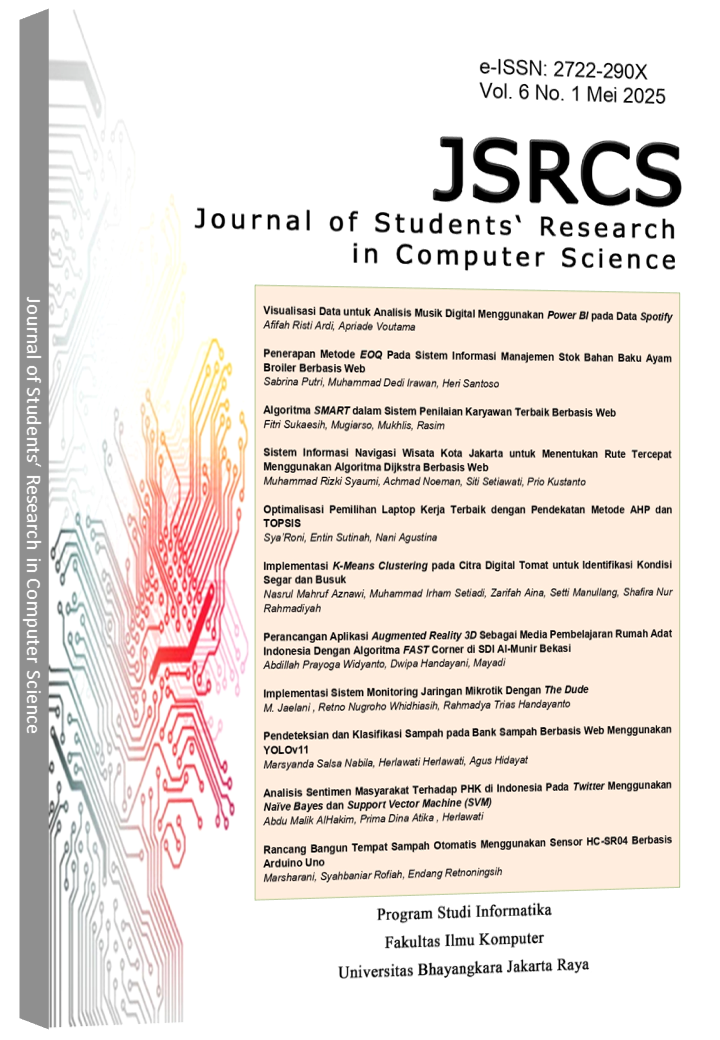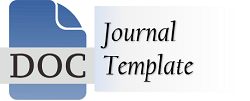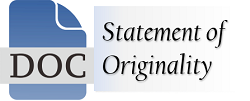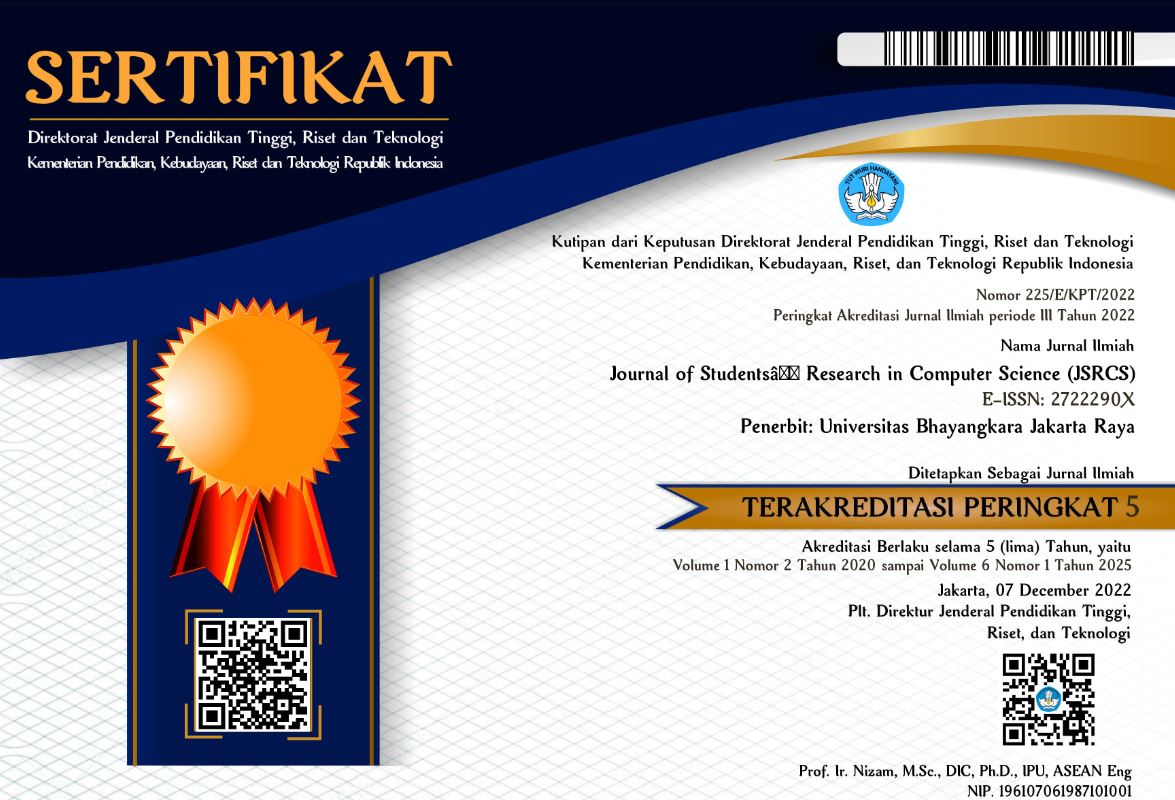Implementasi K-Means Clustering pada Citra Digital Tomat untuk Identifikasi Kondisi Segar dan Busuk
DOI:
https://doi.org/10.31599/srtqmw49Keywords:
Digital Image Processing, K-Means Clustering, Shape, Texture, Tomato ClassificationAbstract
The manual identification of fresh and rotten tomatoes has still relied on human visual observation, which tends to be inconsistent and time-consuming. This study aimed to develop a tomato image classification system using the K-Means Clustering method based on color, shape, and texture features to automatically identify fresh and rotten conditions. The Dataset consisted of 500 tomato images for training and 60 tomato images for testing, equally representing fresh and rotten conditions. The process involved converting the images into L*a*b and grayscale formats, performing segmentation using K-Means, and extracting shape and texture features for the classification process. The testing results showed that the system successfully classified fresh and rotten tomatoes with an accuracy rate of 95%, with both precision and recall exceeding 93% for each class. These findings indicated that the K-Means method could be effectively applied in tomato image processing to support the sorting process of agricultural products. This research contributed to the development of a digital image-based classification system that could be integrated into smart agriculture systems.












_-_Copy1.jpg)

